DATASETS ALL CLUSTER
CHARACTERIZING SMARTPHONE ADDICTION AMONG UNIVERSITI PUTRA MALAYSIA STUDENTS USING RESTING STATE FUNCTIONAL MAGNETIC RESONANCE SPECTROSCOPY AS A BIOMARKER
Functional MRI data for brain MRI of young adults.
Background: Problematic Instagram use (PIGU), a specific type of internet addiction, is prevalent among adolescents and young adults. In certain instances, Instagram acts as a platform for exhibiting photos of risk-taking behavior that the subjects with PIGU upload to gain likes as a surrogate for gaining peer acceptance and popularity.
Aims: The primary objective was to evaluate whether addiction-specific cues compared with neutral cues, i.e., negative emotional valence cues vs. positive emotional valence cues, would elicit activation of the dopaminergic reward network (i.e., precuneus, nucleus accumbens, and amygdala) and consecutive deactivation of the executive control network [i.e., medial prefrontal cortex (mPFC) and dorsolateral prefrontal cortex (dlPFC)], in the PIGU subjects.
URL Reference:
URL Reference:
PUBLICATION
| JOURNAL |
| Title : Cue-Reactivity Among Young Adults With Problematic Instagram Use in Response to Instagram-Themed Risky Behavior Cues: A Pilot fMRI Study Description : Background: Problematic Instagram use (PIGU), a specific type of internet addiction, is prevalent among adolescents and young adults. In certain instances, Instagram acts as a platform for exhibiting photos of risk-taking behavior that the subjects with PIGU upload to gain likes as a surrogate for gaining peer acceptance and popularity. Aims: The primary objective was to evaluate whether addiction-specific cues compared with neutral cues, i.e., negative emotional valence cues vs. positive emotional valence cues, would elicit activation of the dopaminergic reward network (i.e., precuneus, nucleus accumbens, and amygdala) and consecutive deactivation of the executive control network [i.e., medial prefrontal cortex (mPFC) and dorsolateral prefrontal cortex (dlPFC)], in the PIGU subjects. Method: An fMRI cue-induced reactivity study was performed using negative emotional valence, positive emotional valence, and truly neutral cues, using Instagram themes. Thirty subjects were divided into PIGU and healthy control (HC) groups, based on a set of diagnostic criteria using behavioral tests, including the Modified Instagram Addiction Test (IGAT), to assess the severity of PIGU. In-scanner recordings of the subjects’ responses to the images and regional activity of the neural addiction pathways were recorded. Results: Negative emotional valence > positive emotional valence cues elicited increased activations in the precuneus in the PIGU group. A negative and moderate correlation was observed between PSC at the right mPFC with the IGAT scores of the PIGU subjects when corrected for multiple comparisons [r = −0.777, (p < 0.004, two-tailed)]. Conclusion: Addiction-specific Instagram-themed cues identify the neurobiological underpinnings of Instagram addiction. Activations of the dopaminergic reward system and deactivation of the executive control network indicate converging neuropathological pathways between Instagram addiction and other types of addictions. Authors : SITI IRMA FADHILAH BINTI ISMAIL,HOO FAN KEE,CHING SIEW MOOI,EZAMIN BIN ABDUL RAHIM,SUZANA BINTI AB HAMID Date Publish : 19/11/2020 |
| Title : The objective assessment of the effects on cognition functioning among military personnel exposed to hypobaric-hypoxia: a pilot fMRI study Description : Objective: To identify regions of the brain affected during cognitive working memory during tasks to assess attention, planning and decision making among military aviation personnel who have chronic intermittent exposure to high altitude environment. Method: A case-control study was conducted in the Universiti Putra Malaysia among eight military personnel, four of whom had chronic intermittent exposure to high altitude training. They were divided into two groups, chronic intermittent exposure group (CE) (n=4) and a control group (n=4). They underwent a task-based functional magnetic resonance imaging (fMRI) that utilised spatial working memory task to objectively evaluate the neural activation in response to the Tower of London paradigm. Each correct answer was given a score of one and the maximum achievable score was 100%. Results: A consecutive dichotomised group of CE (4/8) and control (4/8) of age-matched military aviation personnel with a mean age of 37.23±5.52 years; showed significant activation in the right middle frontal gyrus (MFG). This in turn was positively correlated with response accuracy. A significant difference in the response accuracy was noted among both the groups at p<0.05. Conclusion: At the minimum results of power analysis of this preliminary fMRI study, our group of aviation personnel who had chronic intermittent exposure to hypobaric hypoxic environment, did not have any significant decrease in cognitive function namely attention, decision-making and problem solving compared to controls during a working memory task. Authors : SALASIAH BINTI MUSTAFA,FATHINUL FIKRI BIN AHMAD SAAD Date Publish : 26/11/2020 |
| BOOK |
| BOOK CHAPTER |
DATASET SOURCES
Structural and functional MRI brain data of young adults| Restrict Access |
ACCESS NO ALLOWED |
DICOM DATA| Restrict Access |
ACCESS NO ALLOWED |
Organization (Faculty)
Filter By
Subject Area
| Agricultural And Biological Sciences | [13] |
| Biochemistry, Genetics And Molecular Biology | [12] |
| Chemical Engineering | [1] |
| Chemistry | [11] |
| Computer Science | [2] |
| Earth And Planetary Sciences | [1] |
| Economics, Econometrics And Finance | [1] |
| Energy | [4] |
| Engineering | [3] |
| Environmental Science | [16] |
| Health Professions | [1] |
| Immunology And Microbiology | [4] |
| Materials Science | [14] |
| Mathematics | [1] |
| Medicine | [29] |
| Pharmacology, Toxicology And Pharmaceutics | [2] |
| Psychology | [1] |
| Social Sciences | [7] |
| Veterinary | [5] |
Keyword
| [smartphone addiction] , [ functional MRI] , [ cue-reactivity] , [ BOLD signal; behavioral addiction; emotional cues; social media addiction; response to reward; social networking.] |
INFOCOMM DEVELOPMENT CENTRE (iDEC)
Universiti Putra Malaysia
UPM Putra InfoPort - IOI Resort
Jalan Kajang - Puchong
43400 UPM Serdang
Selangor Darul Ehsan
iDEC
www.idec.upm.edu.my
X18.216.124.8X
Universiti Putra Malaysia
UPM Putra InfoPort - IOI Resort
Jalan Kajang - Puchong
43400 UPM Serdang
Selangor Darul Ehsan
iDEC
www.idec.upm.edu.my
X18.216.124.8X

